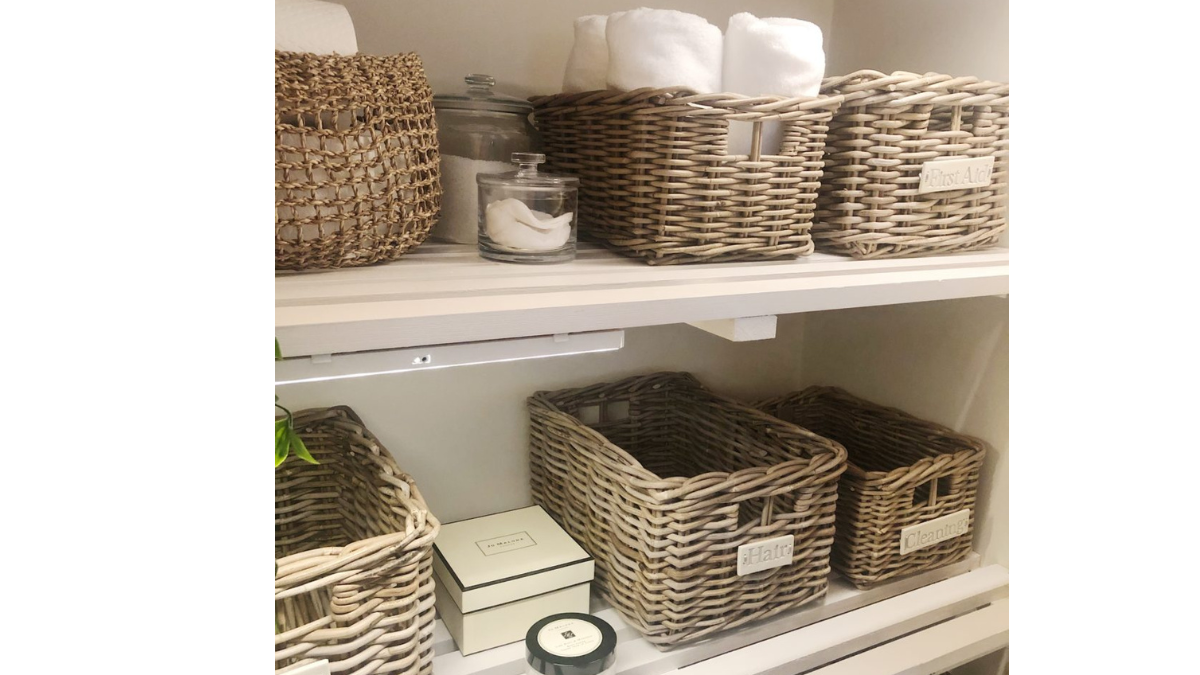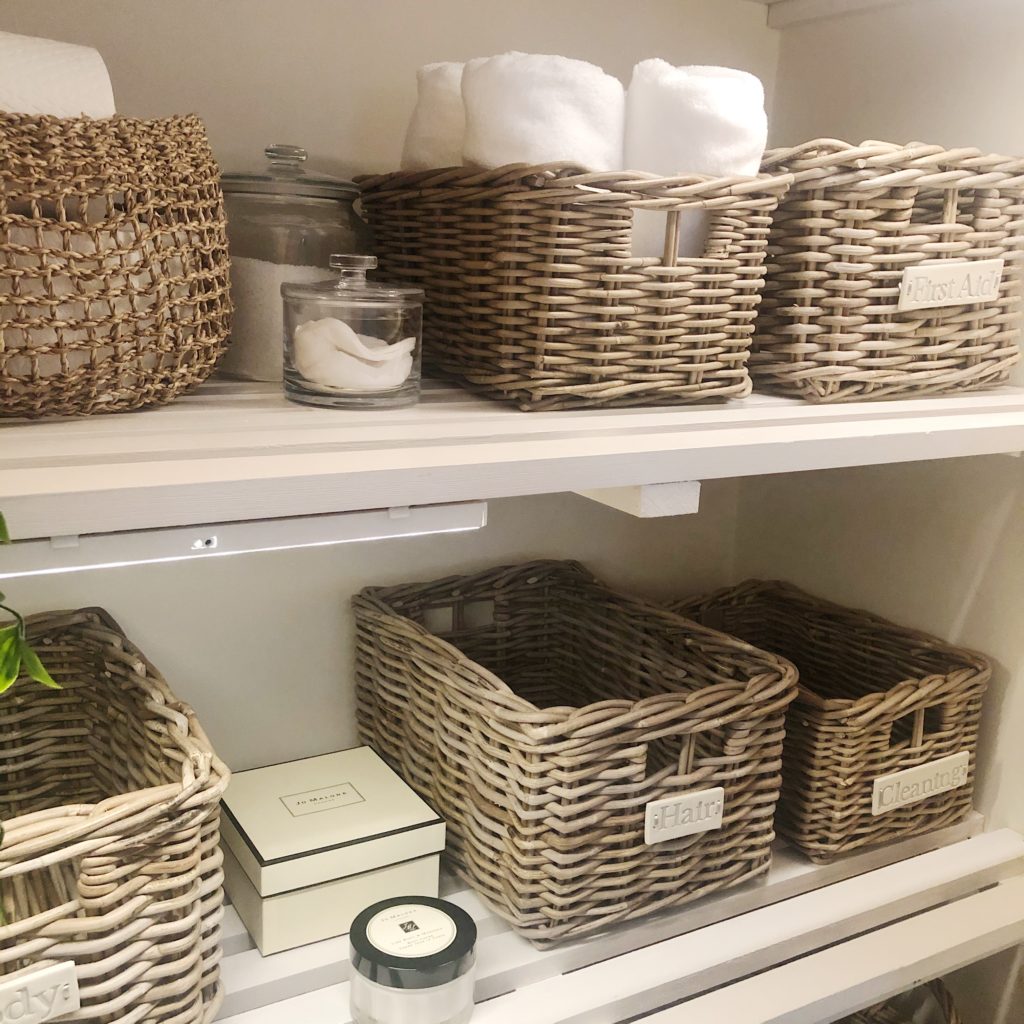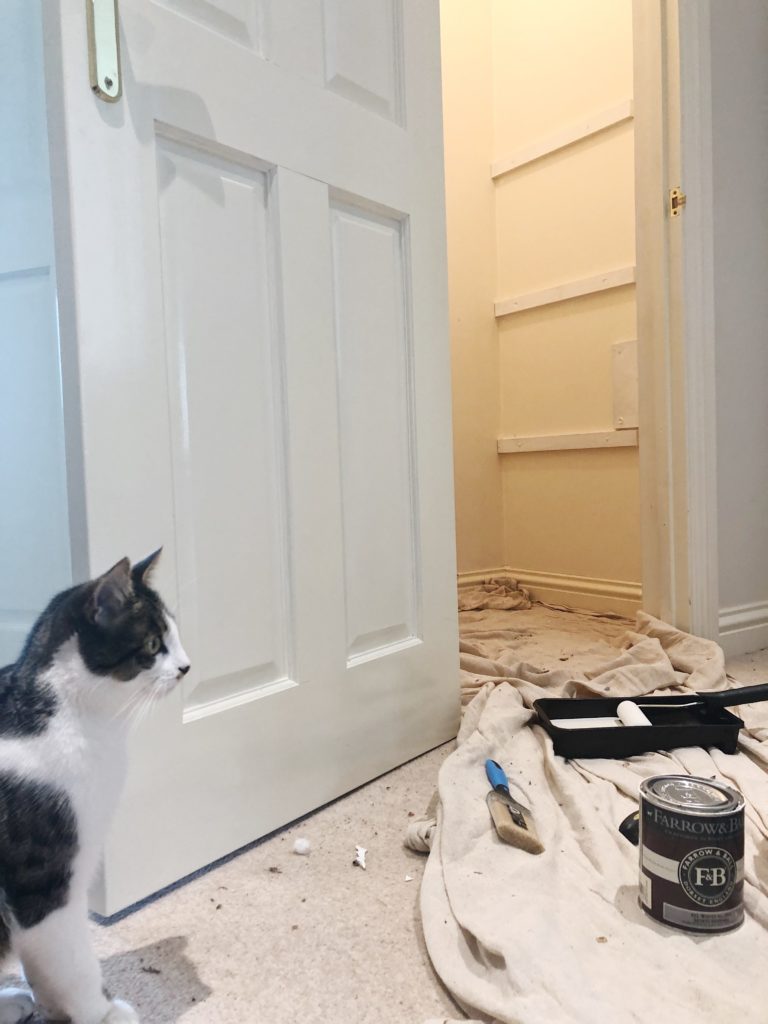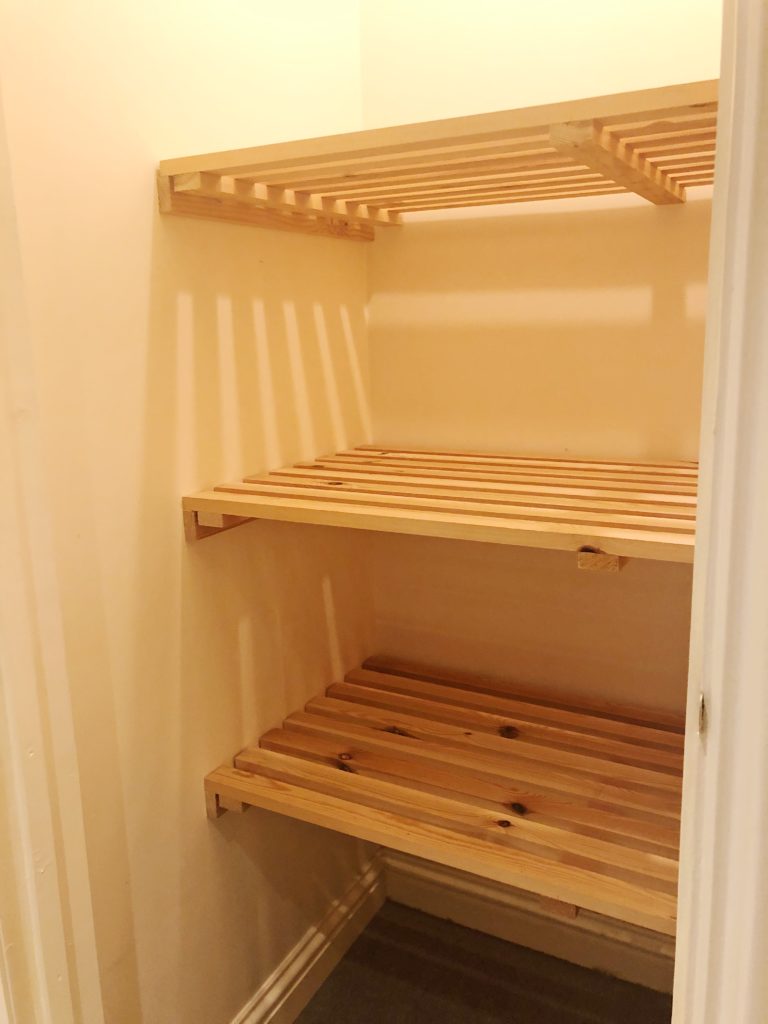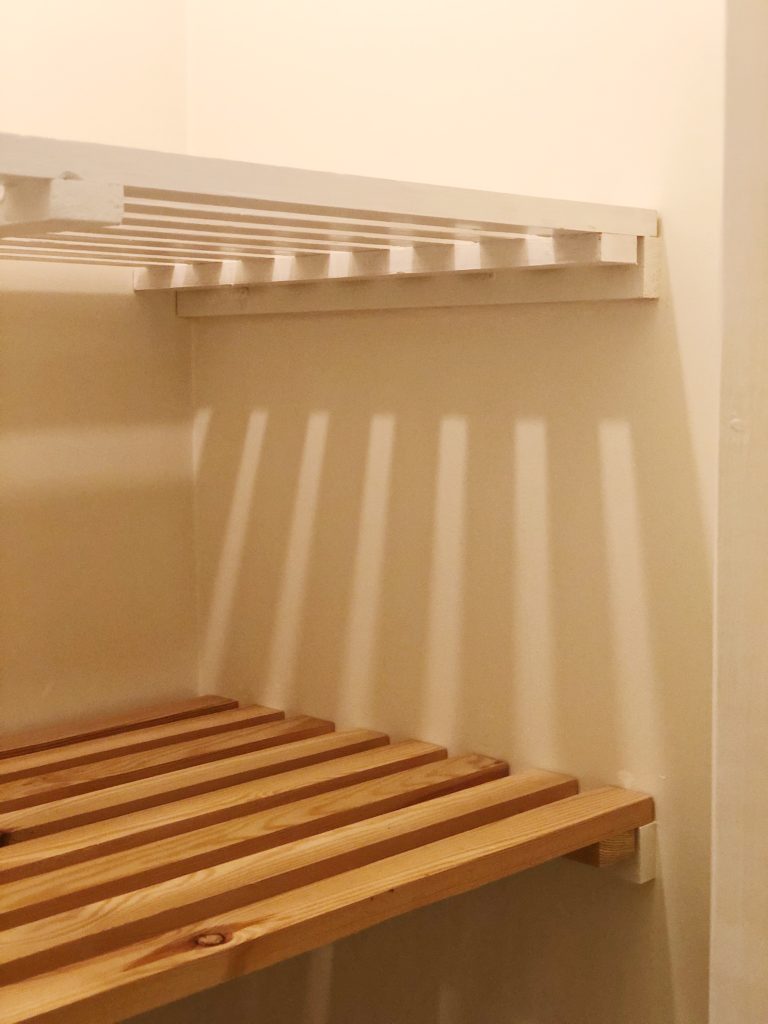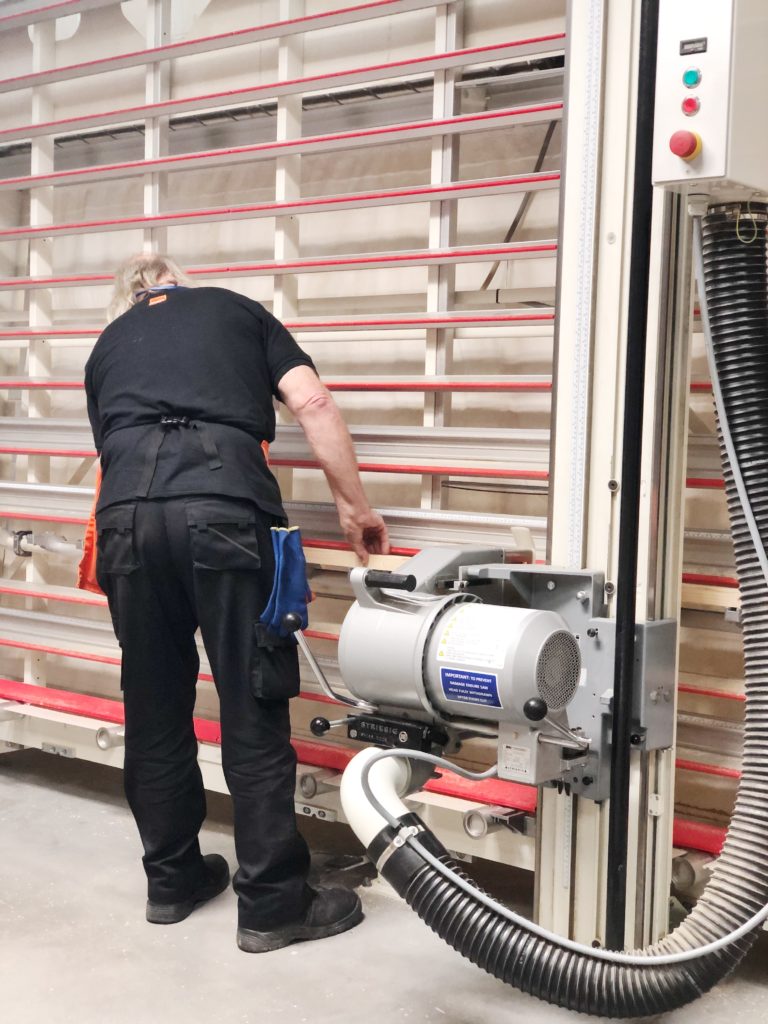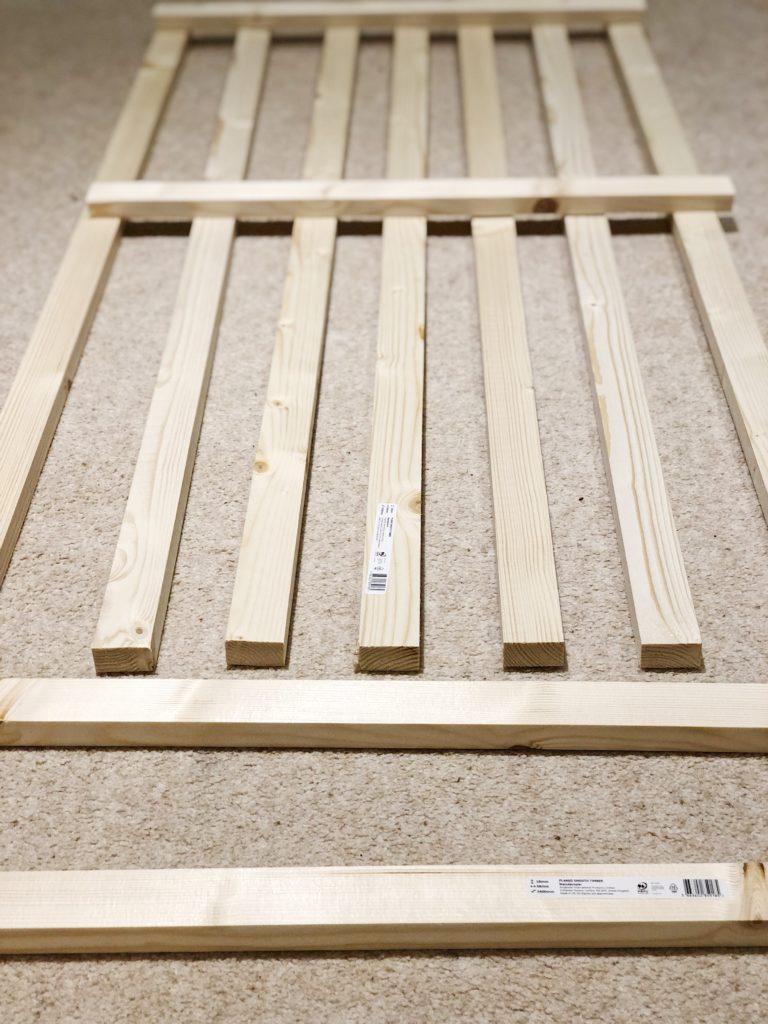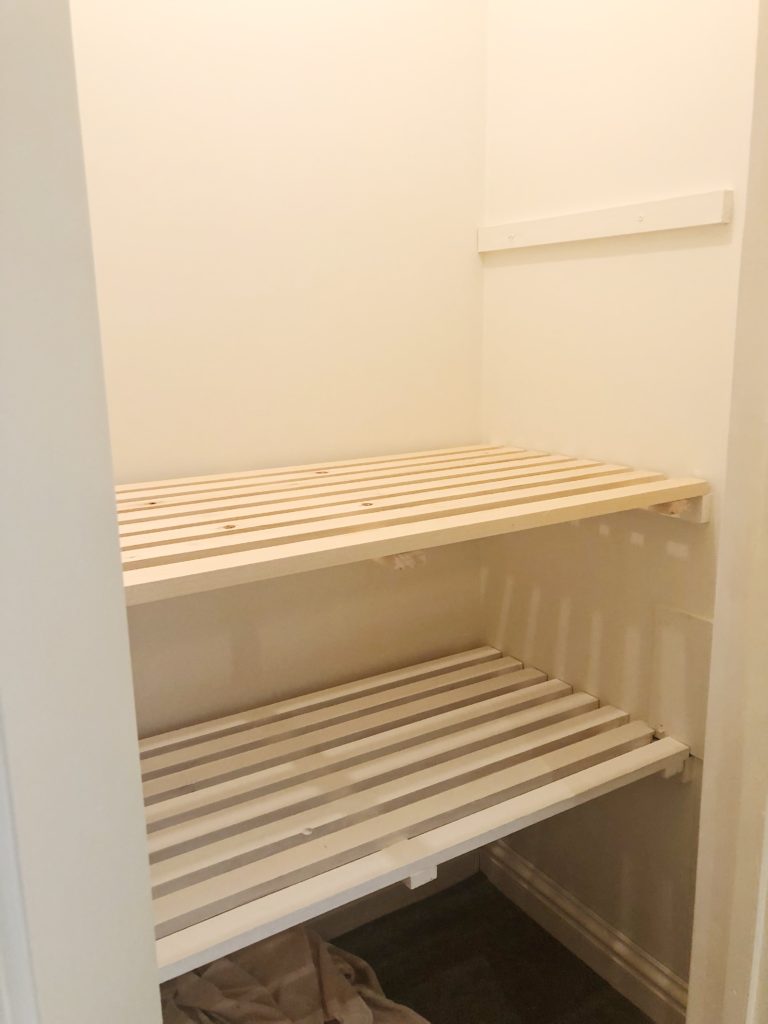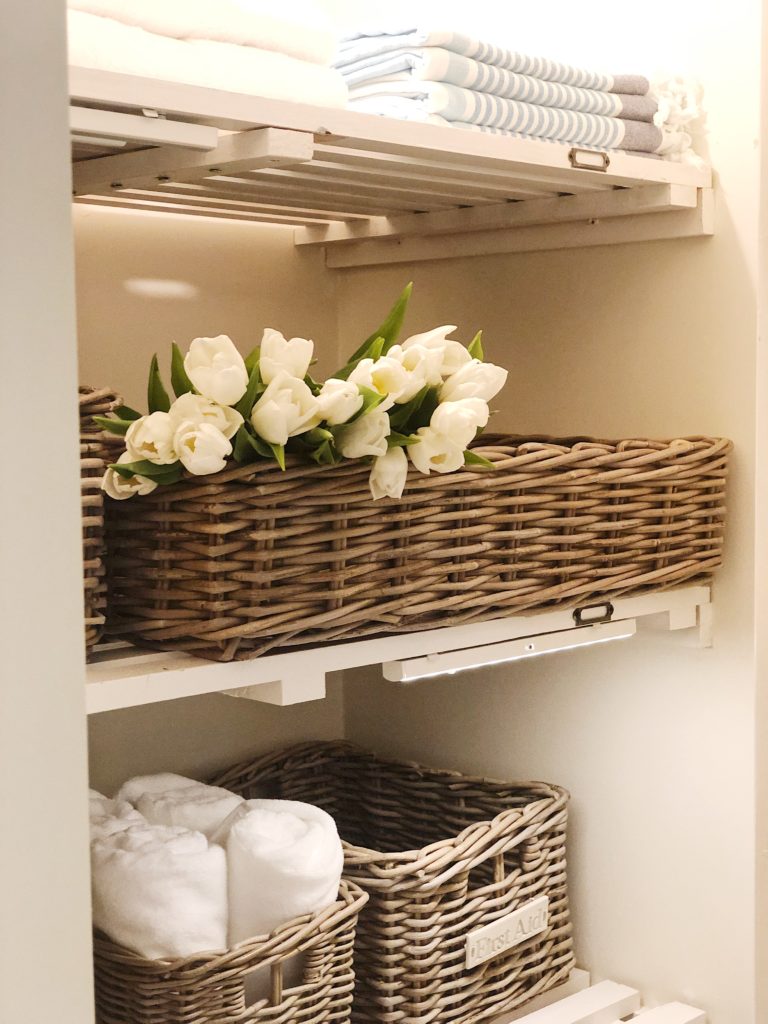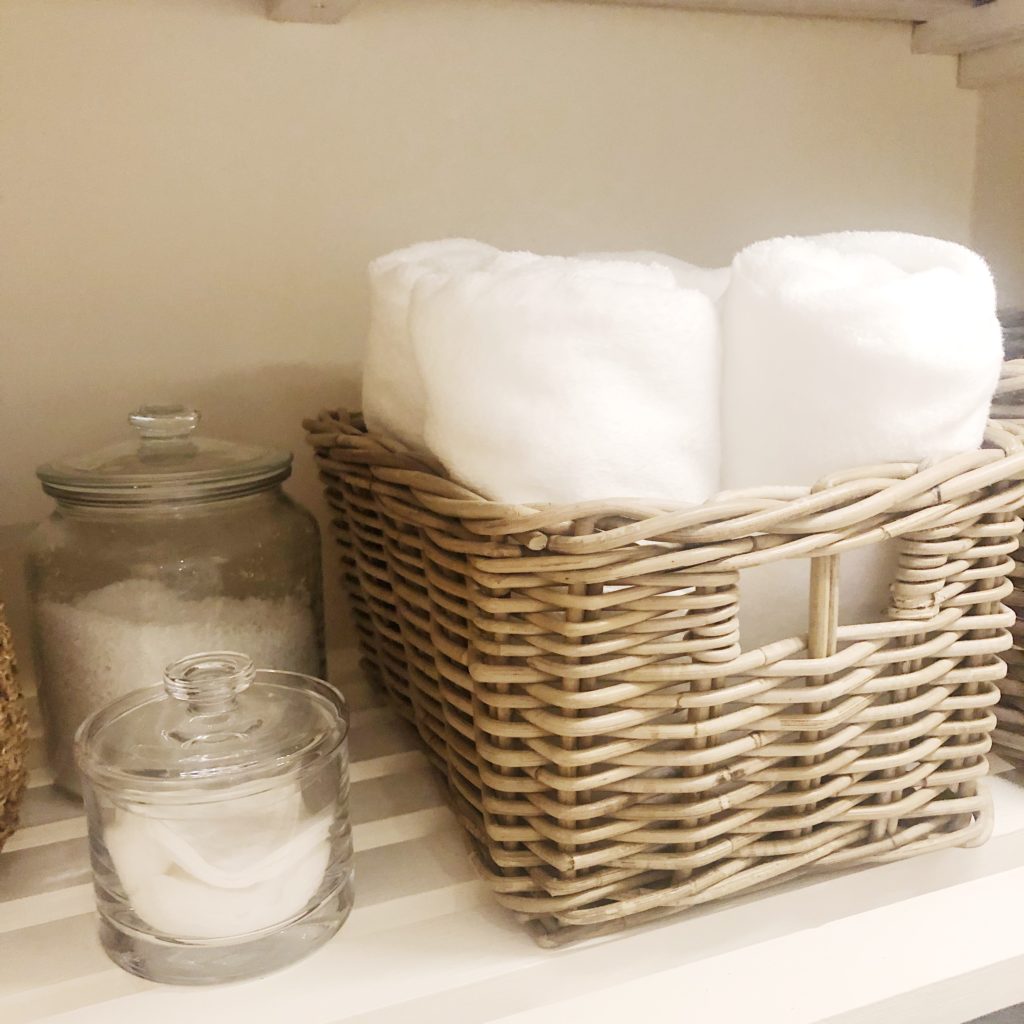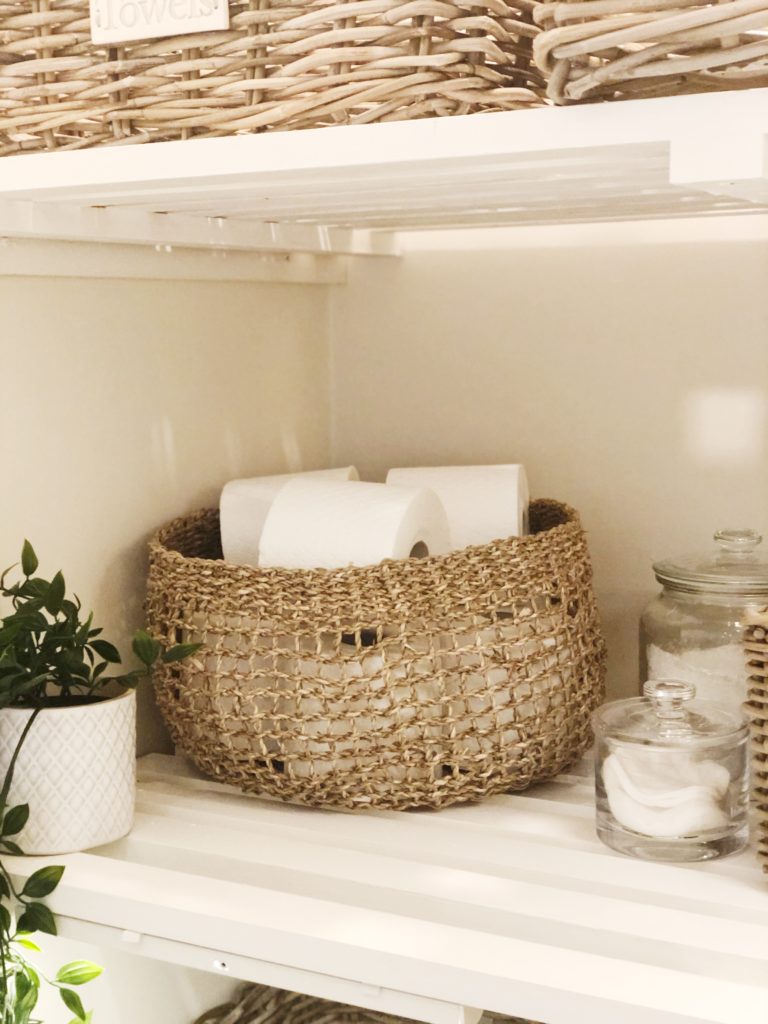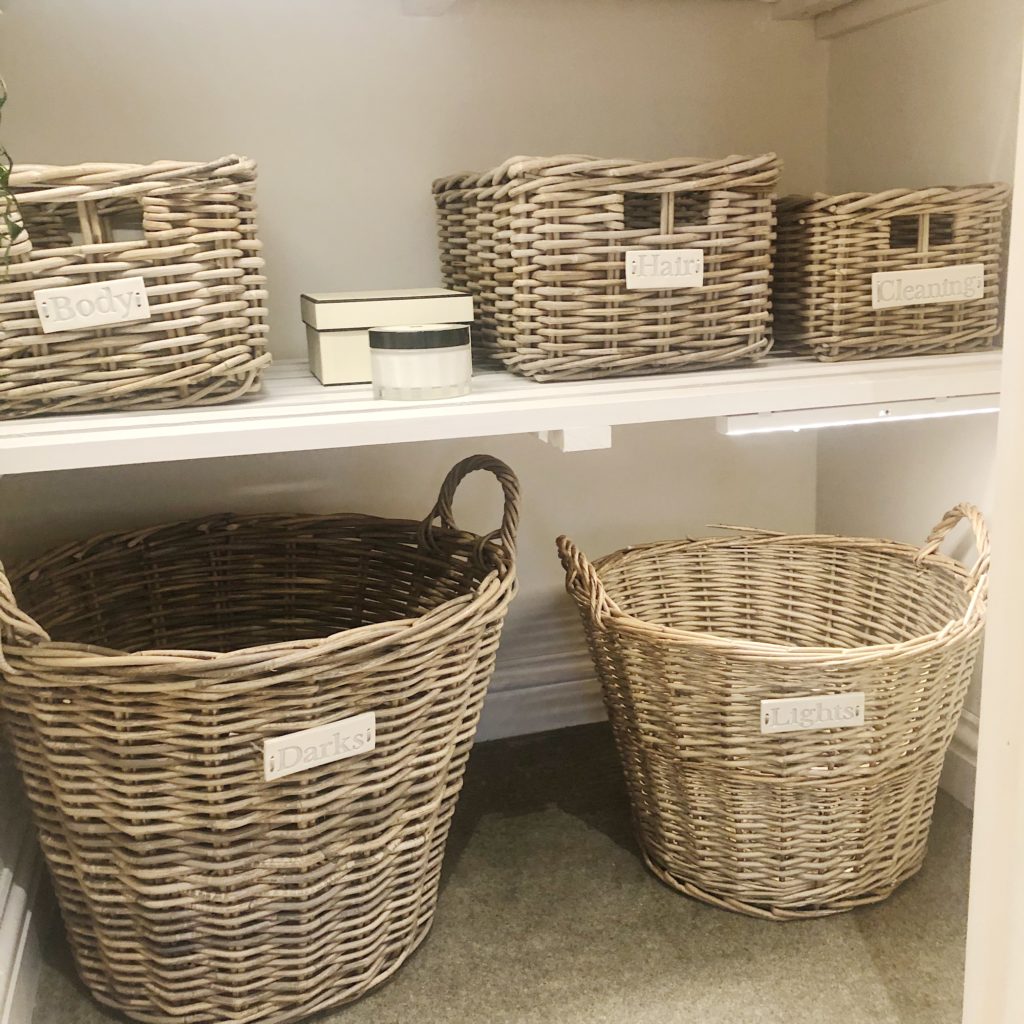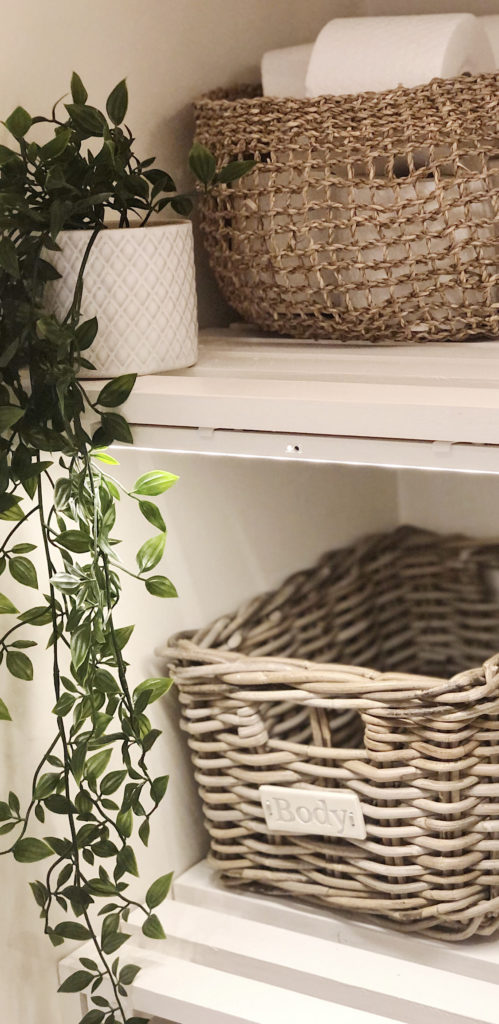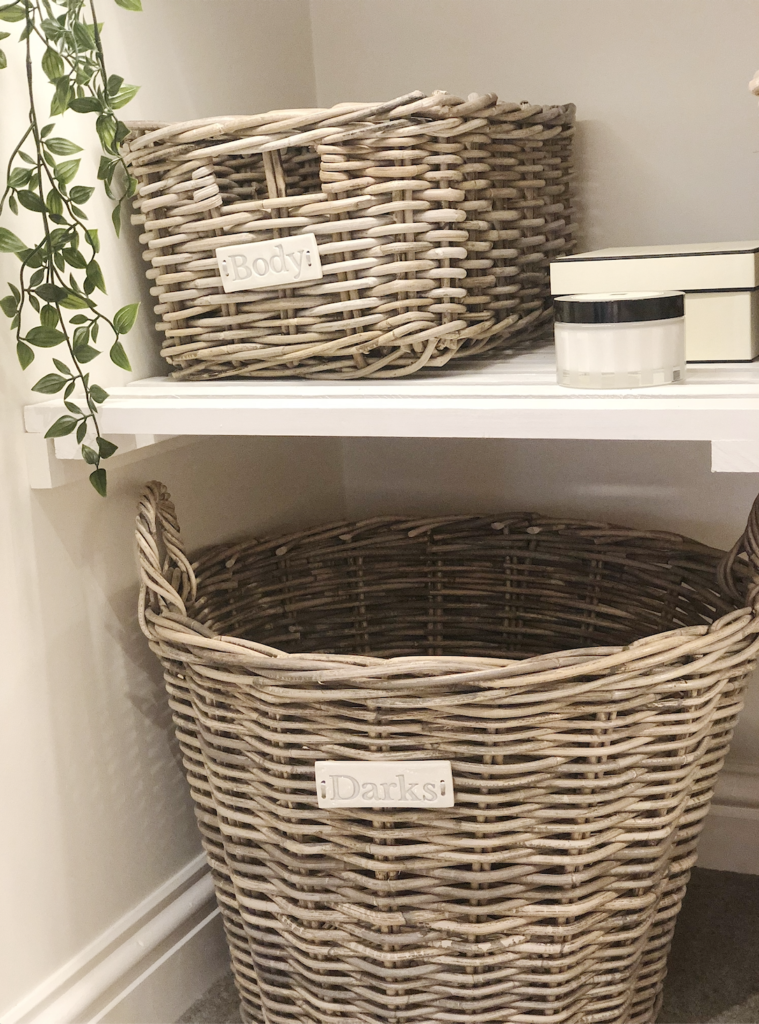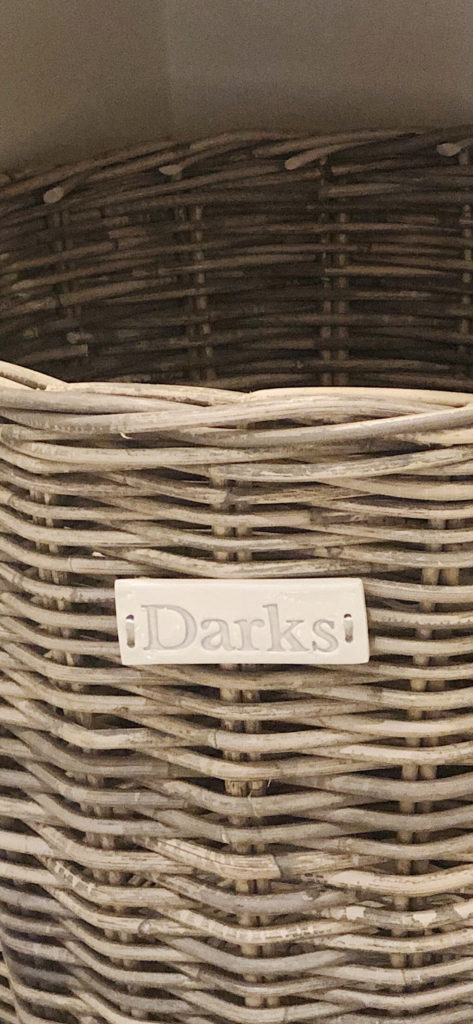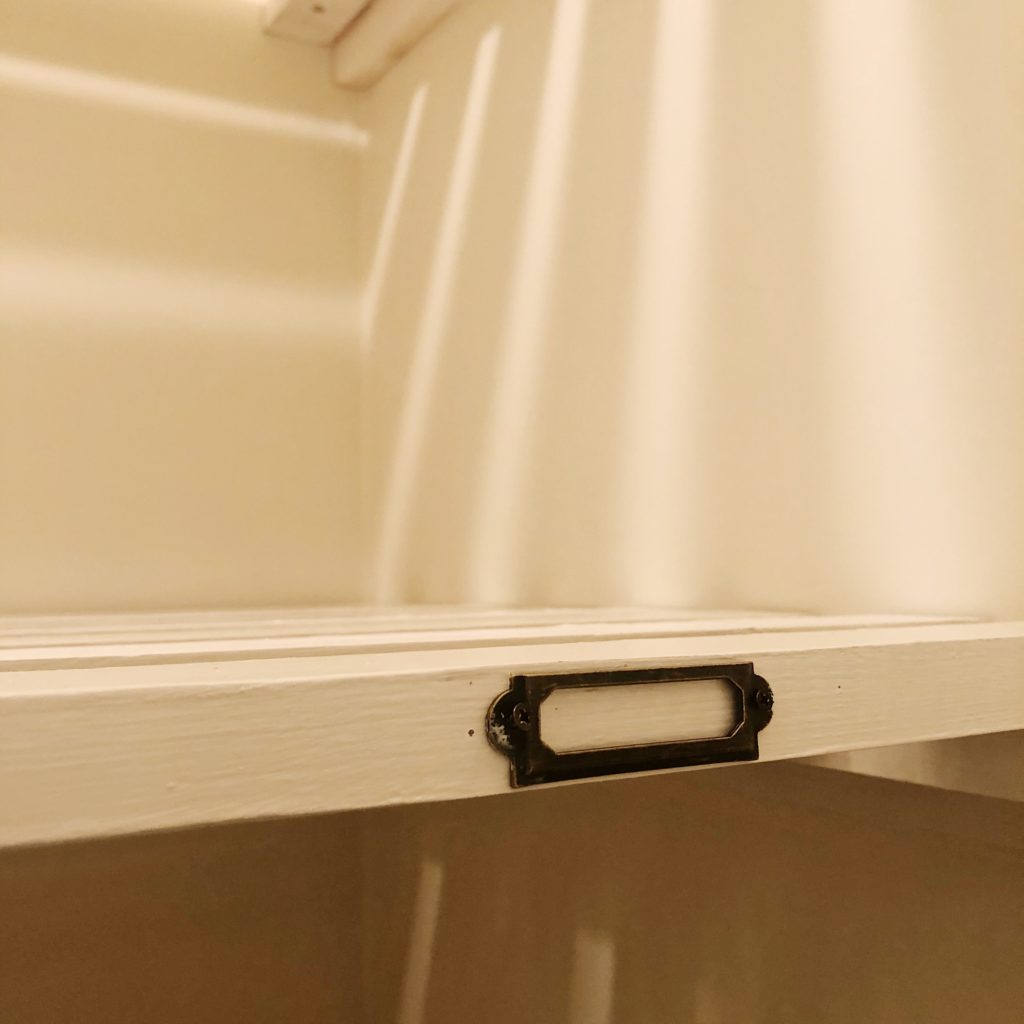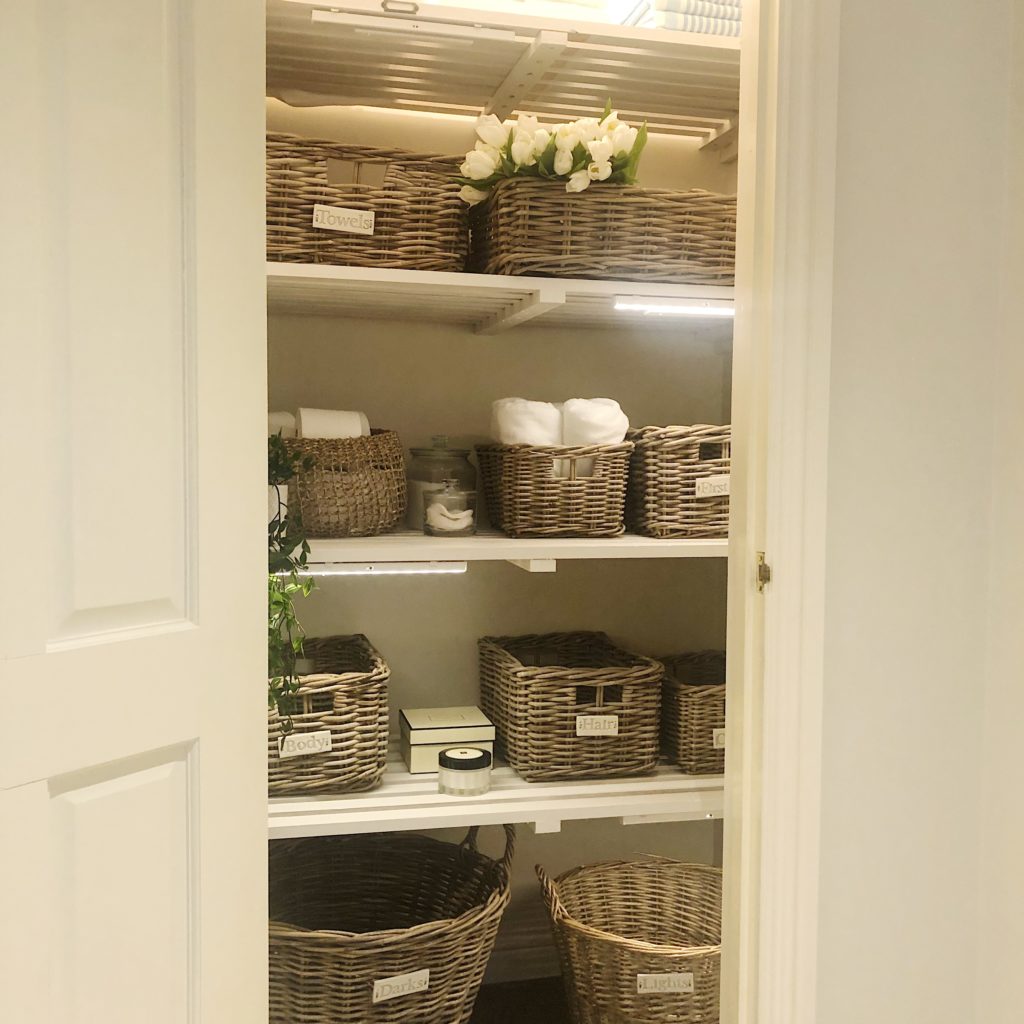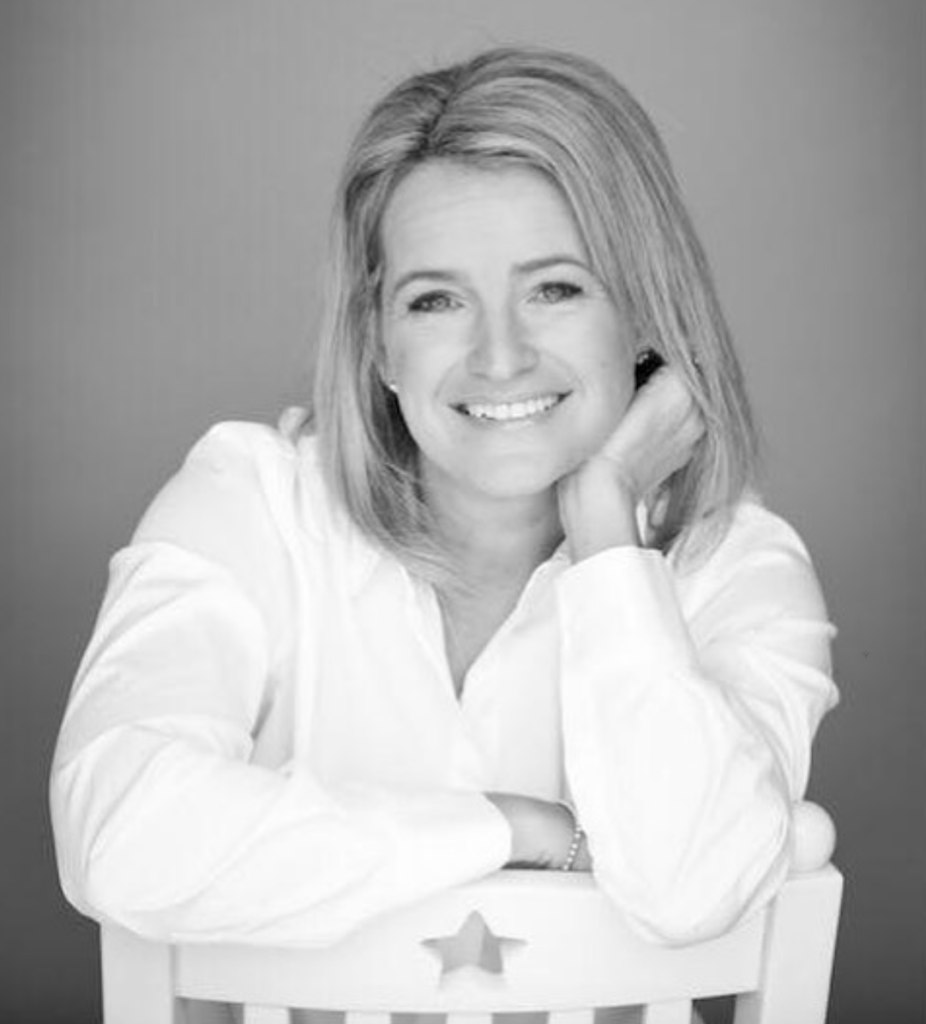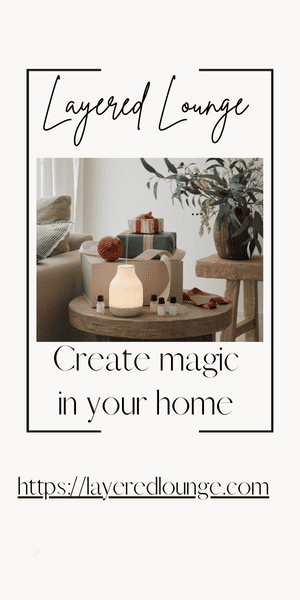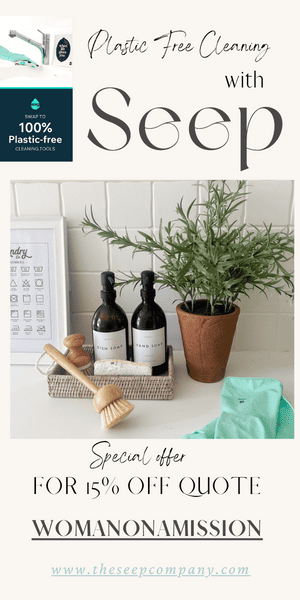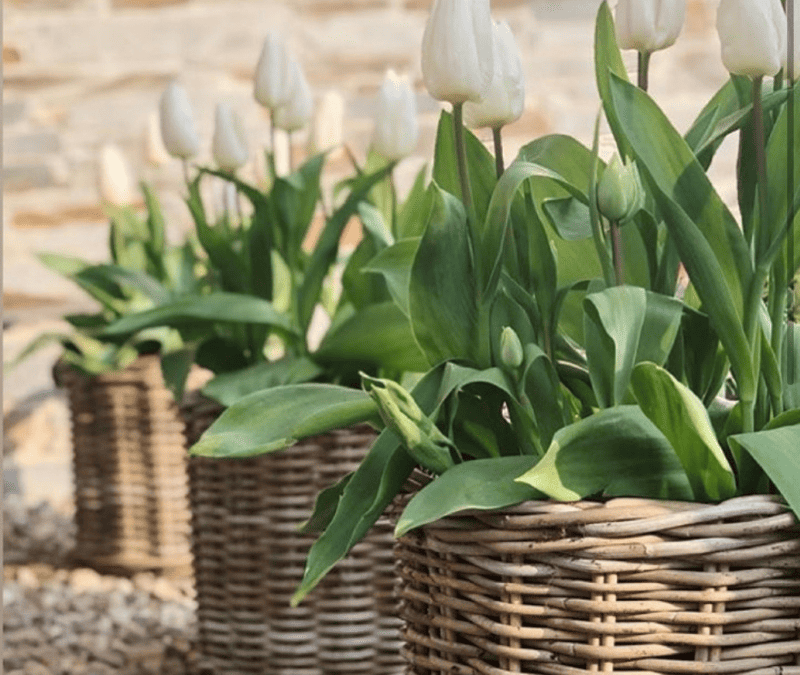
Gardening Is Good For The Soul; Your Questions Answered
Gardening, as they say, is good for the soul. With one in four of us suffering with mental health issues at some point in our lives, it’s also been shown to be very good for the mind and relaxation. My lovely Garden Designer friend Alice Blount and I invited our followers on Instagram to ask us some of their gardening questions we’ve answered a selection of them for you.
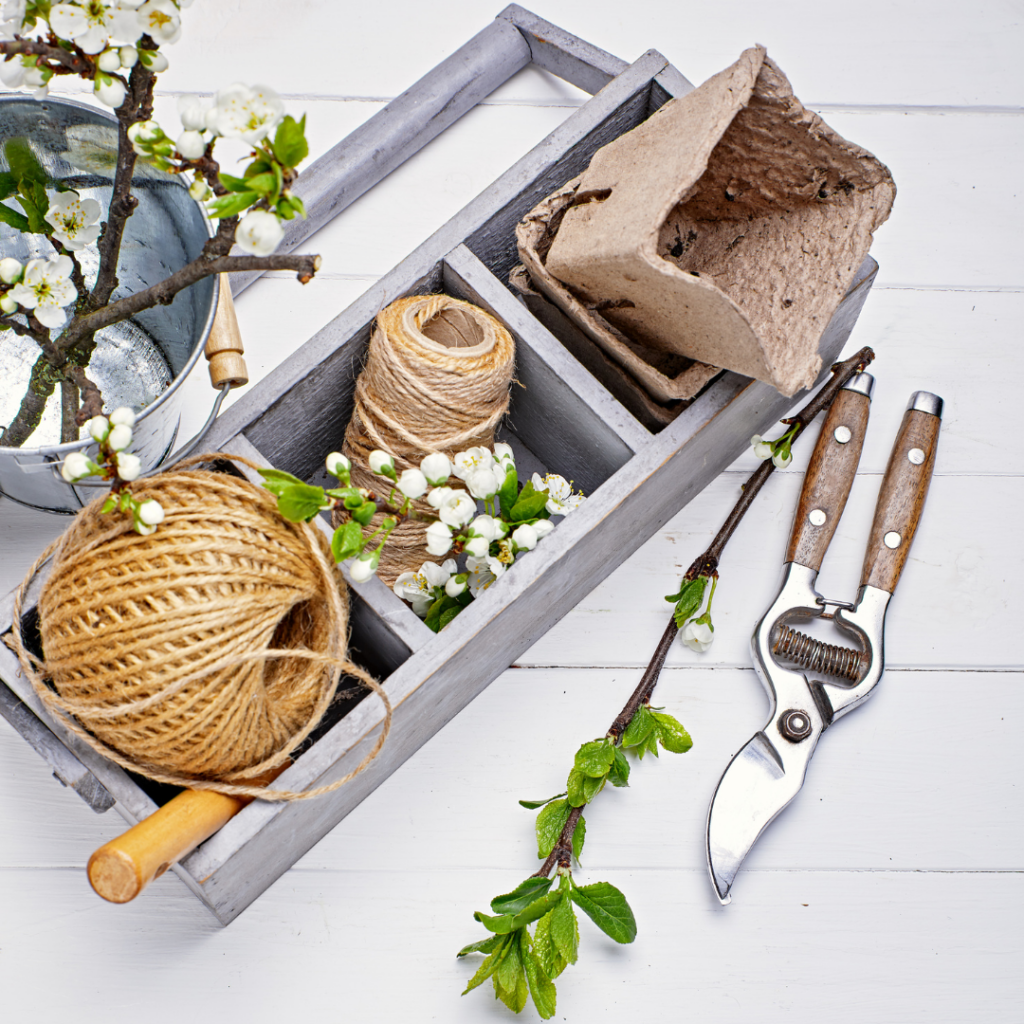
The love of gardening increased during the pandemic.
In this current time of Lockdown amid the Coronavirus, it’s fair to say that many of us have been able to enjoy our gardens that little bit more, with Mother Nature helping with the glorious weather that we’ve had.
Sales of online seeds and plants have gone through the roof, with many being sold out within the first couple of weeks of Lockdown.
“Plants and gardens have the power to uplift us. It’s more important than ever that we savour the beauty of flowers and trees because gardens are a natural tonic.
If you don’t have a garden or any indoor plants, remember to pause and appreciate the natural world around you when you take your daily exercise. Take a moment to enjoy plants next week and I know you will feel better for it.
It’s proven that plants and gardening have a positive effect on our mental health and happiness. They uplift us, they heal us, they bring us closer to nature. They attract life and offer hope and we could all do with more of that right now.”Alan Titchmarsh
My White Garden
It’s no secret that I adore white flowers and found a new love for gardening over the last 18 months or so, having discovered along the way that gardening was enjoyable and indeed therapeutic. In the last few weeks, we have even transformed our treehouse into raised beds, taking on a whole new meaning to raised beds! Don’t worry, the children were very happy about it and got firmly behind the project!
Last Spring, with my lovely friend and garden designer, Alice from Alice Blount Garden Design, I started putting my dream and vision of a white garden into reality. I’ve known Alice for years and having now worked with her, I thought it would be fun to share her amazing work with you.


Alice started her design consultancy in 2004, in Oxfordshire. Now based in South Devon, she works throughout the UK and Europe, and is a highly qualified, experienced RHS Award winning garden design professional.
While historical garden restoration is her specialist area, she has a passion for working on urban-chic town gardens all the way through to very large country estates. She employs classic, yet contemporary, design skills where structure is of the utmost importance, softened by gorgeous planting.
Alice is a knowledgeable plants woman and this, combined with a thorough knowledge of modern landscape construction requirements, means she can take your project through from initial concept to the finished garden. When Alice designs a garden, she is led by your needs and dreams for your garden. She is informed by the feel of the site itself, as well as the surrounding landscape and architecture. It will be a design that is totally tailored to you.
You may simply need a border redesigning; or your whole garden overhauled, requiring a complete design and set of planting plans. Alice hand-draws and colours her plans, which makes them totally unique. Her vision really brings the garden alive for you and makes gardening easy to understand. Trust me, she is amazing!
Let’s answer those questions you asked about gardening:
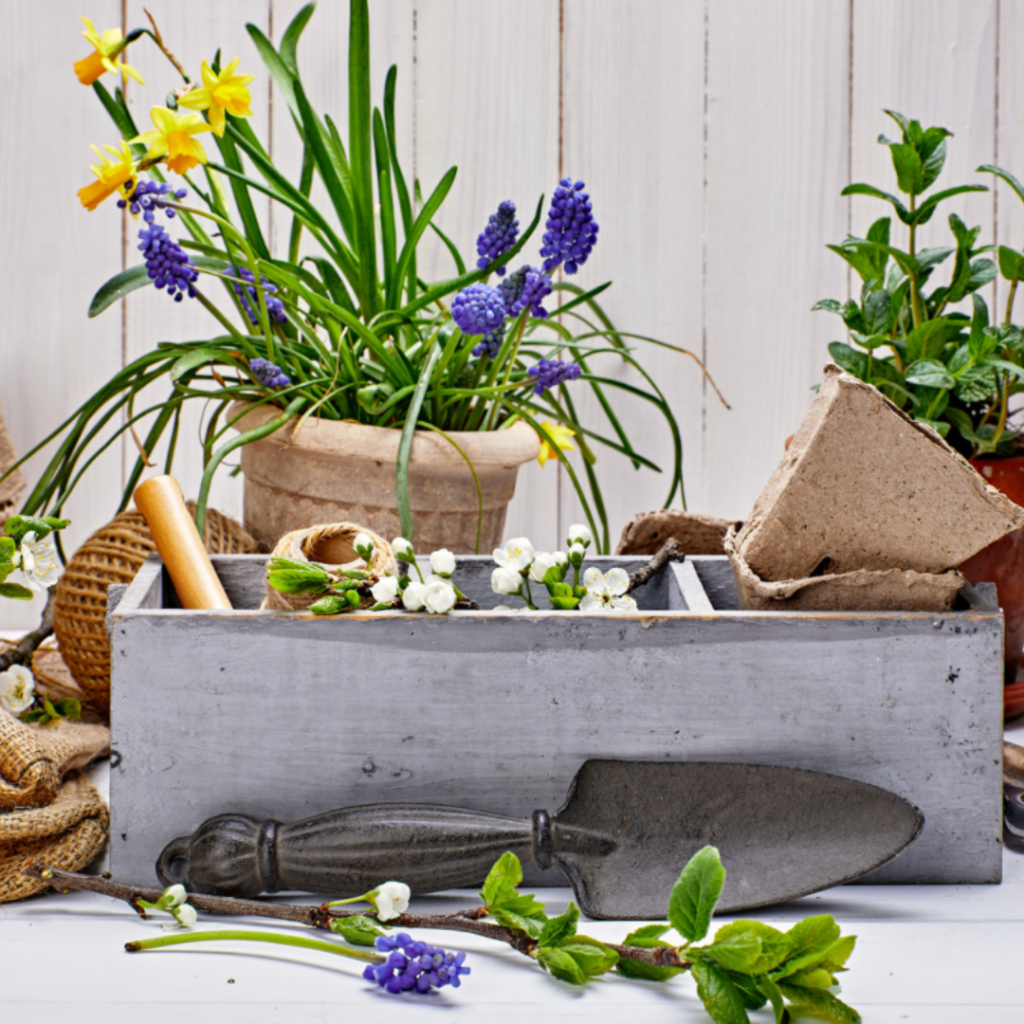
 What are your Tips for new gardeners on planting vegetables?
What are your Tips for new gardeners on planting vegetables?
So many people have been considering growing their own vegetables this year, with the Lockdown being one of the main reasons. I’m convinced we all have a little Tom or Barbara (The Good Life!) in us!
Alice suggests that new growers should choose to grow the vegetables that you and your family really love! If carrots and peas are staples at meal times, it makes sense to grow what you know will get eaten!
Get used to growing two or three things this year, and once you’ve gained confidence and knowledge, then next year, you can add in some other veg or grow some more exotic varieties!
It can be as simple or difficult as you like but using the No Dig Method is by far the easiest and cheapest method.
“No Dig is an attractive way of growing. It provides a rich soil to grow in, and it’s an excellent way to clear a weed-infested growing area. In principle, by avoiding digging you will not be disrupting the soil life. This is the important micro-organisms, fungi and worms, that help feed plant roots. You will need a large quantity of organic matter. You can use home-made compost, leafmould, well-rotted manure, green waste compost or even bagged peat-free compost.” Garden Organic
How to start creating your vegetable patch.
Start collecting cardboard as a weed suppressing base for your vegetable beds. Pile the well rotted manure or compost on top to a min depth of 20cm. The borders can be contained with wood sleepers if you prefer, but aren’t necessary.
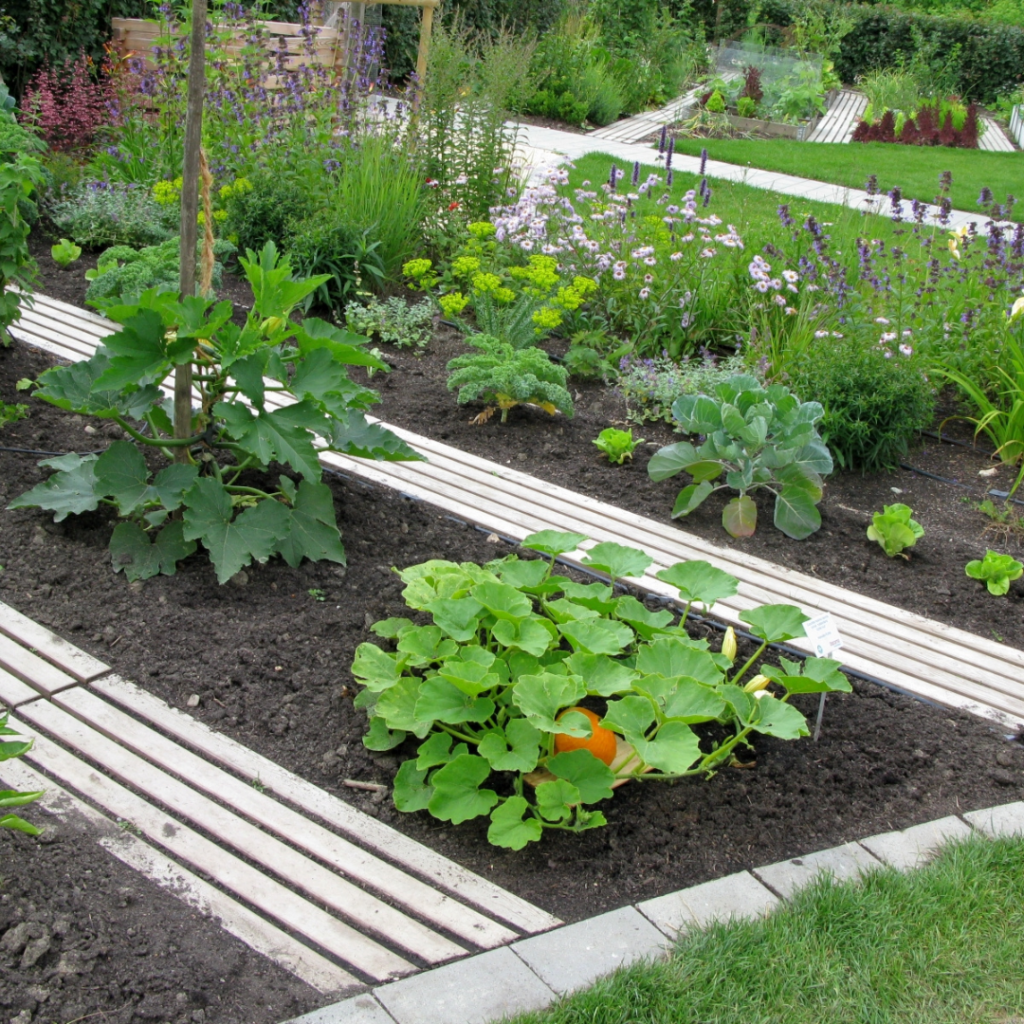
Keep them short and narrow max 1.2m wide- as easier to garden and weed. Following seed packet instructions, sow your seeds either into trays indoors or directly into the compost outside. You can buy plug plants ready to plant either online or in normal times; from your local garden centre.
Swap seeds and little seedlings with friends, family and neighbours! The current Lockdown has meant a lot of neighbours are more in contact than ever before; its good to share.
Invest in a good “How To”: gardening manual. Charles Dowding’s “No Dig” books are some of the best and of course there are hundreds of videos online also.
 How can I make the soil finer more tilth like and ready for planting?
How can I make the soil finer more tilth like and ready for planting?
If the soil is heavy and clayey, then it does need improving. Add well rotted plant matter to balance it out and help to break it up. The best way now you’ve turned it over is to add a 2” deep top dressing of well rotted horse manure. (it shouldn’t smell at all if it’s rotted down enough!) You don’t need to dig or fork it in. Leave it on top and the worms that are in the manure and soil, will pull it down into the earth. The rotted straw will improve the soils texture. Repeat this process every year and the soil will become more friable and beautifully nutritious, with no digging required!
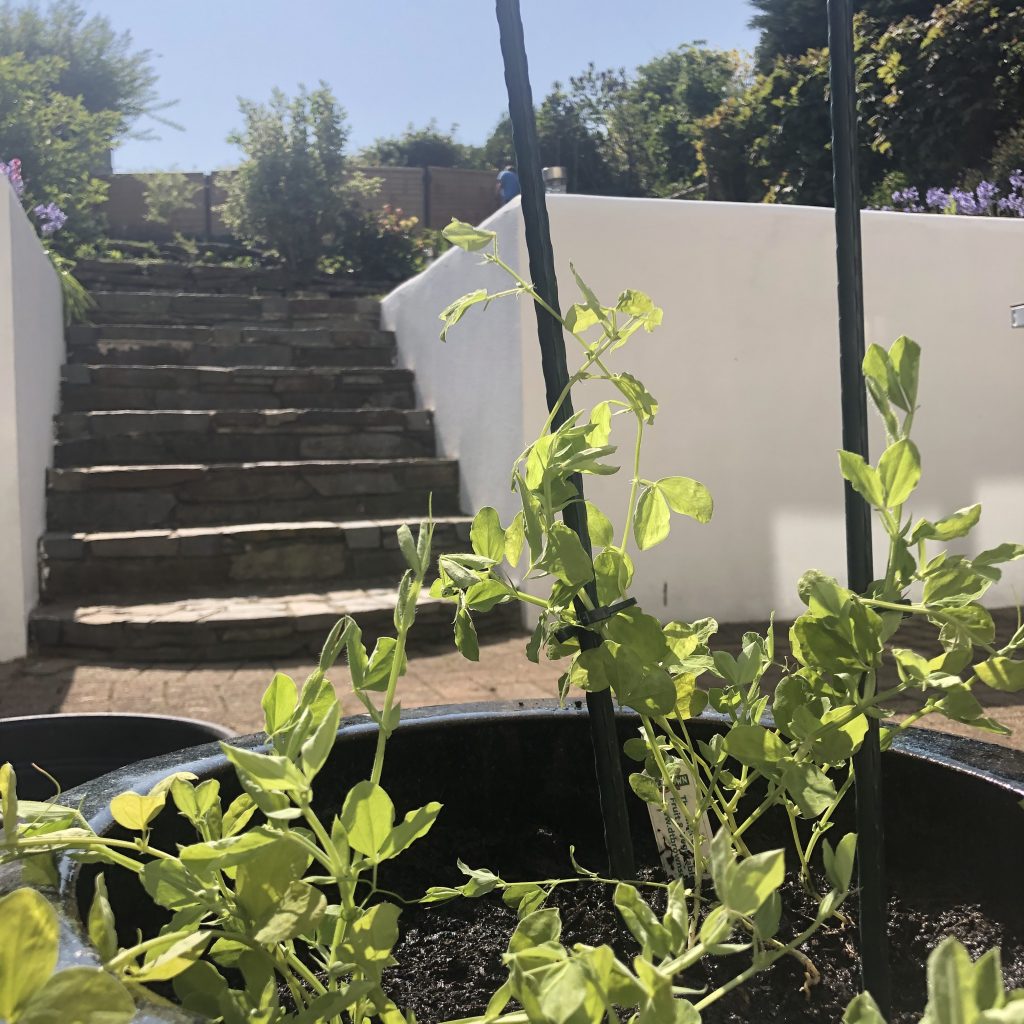
When you plant new plants, always dig a much bigger hole than you think you need. Add lots of fresh compost to the planting hole. Pop the in plant and add more around the edges and firm around, which makes it easier for plants to get established – especially in clayey soil. Once the plants are in, mulch before the plant’s raise their head from the soil or mulch around the plant.
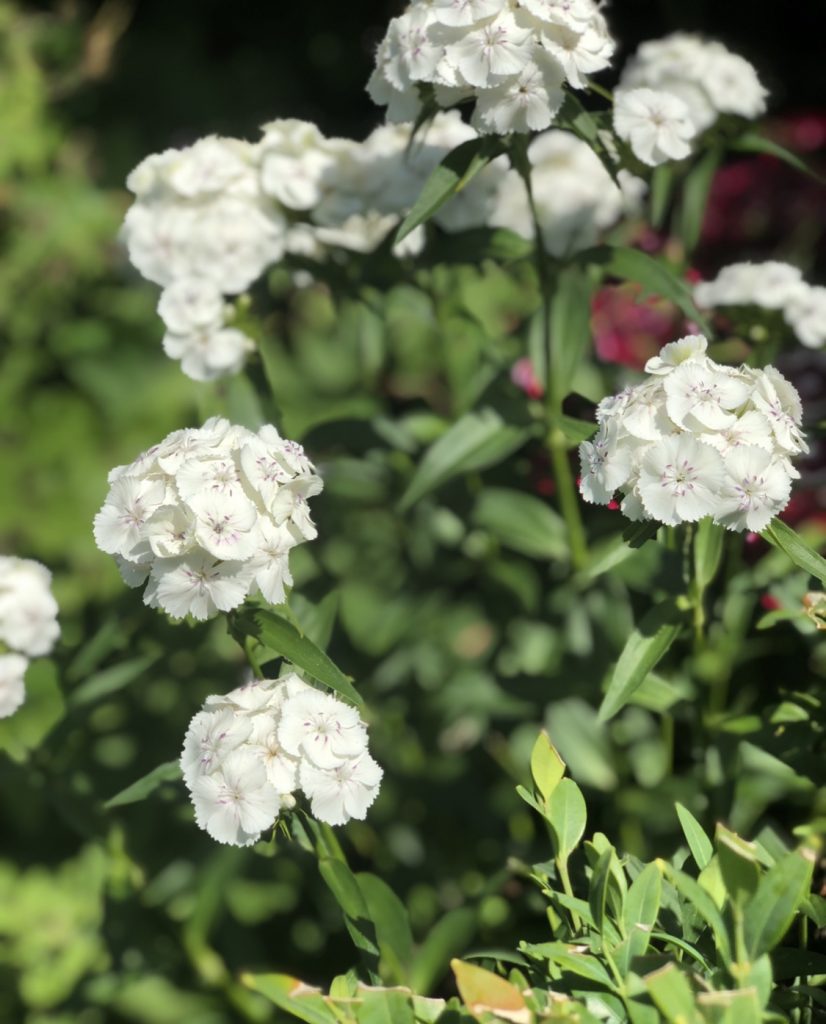
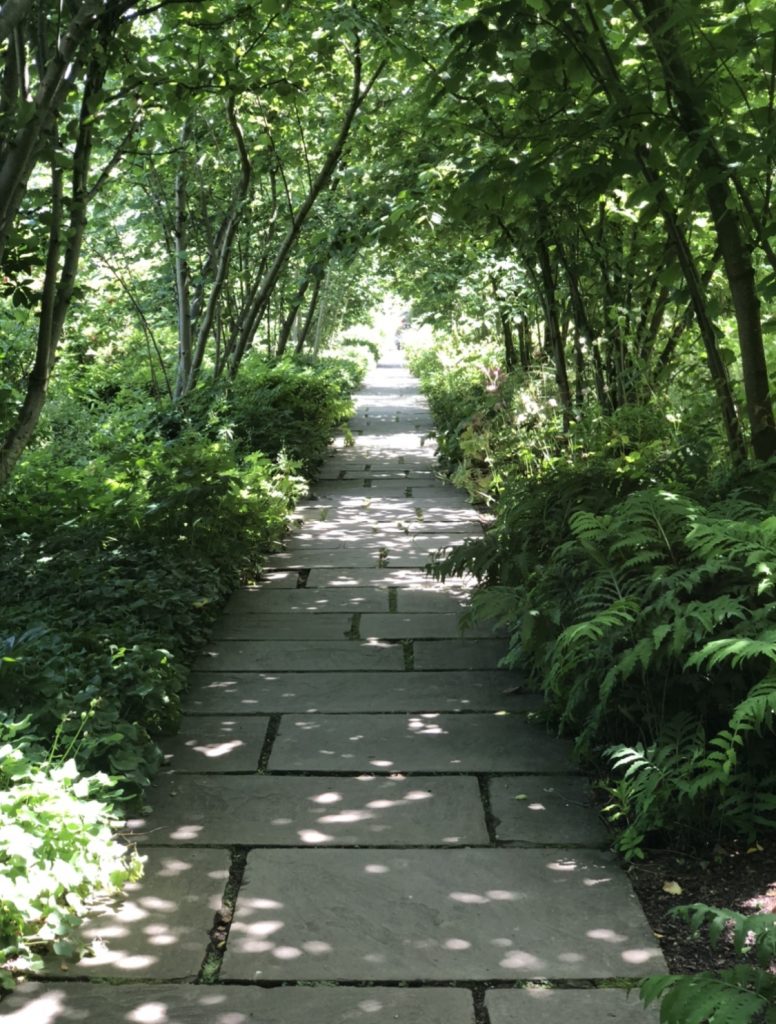
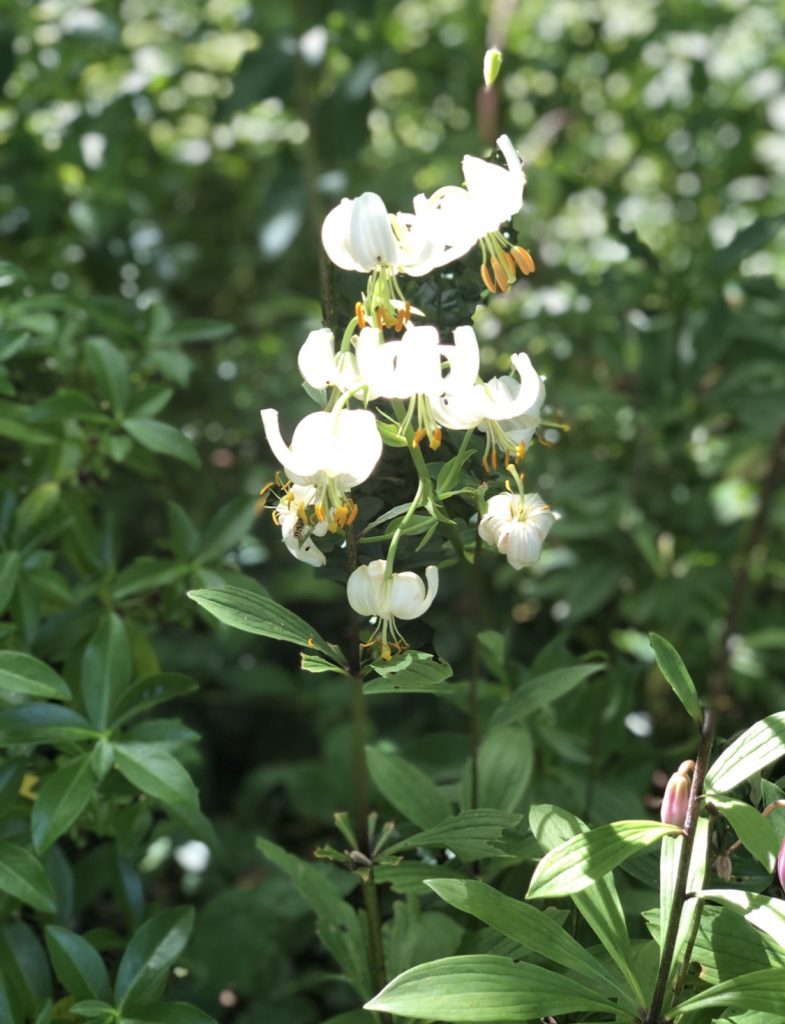
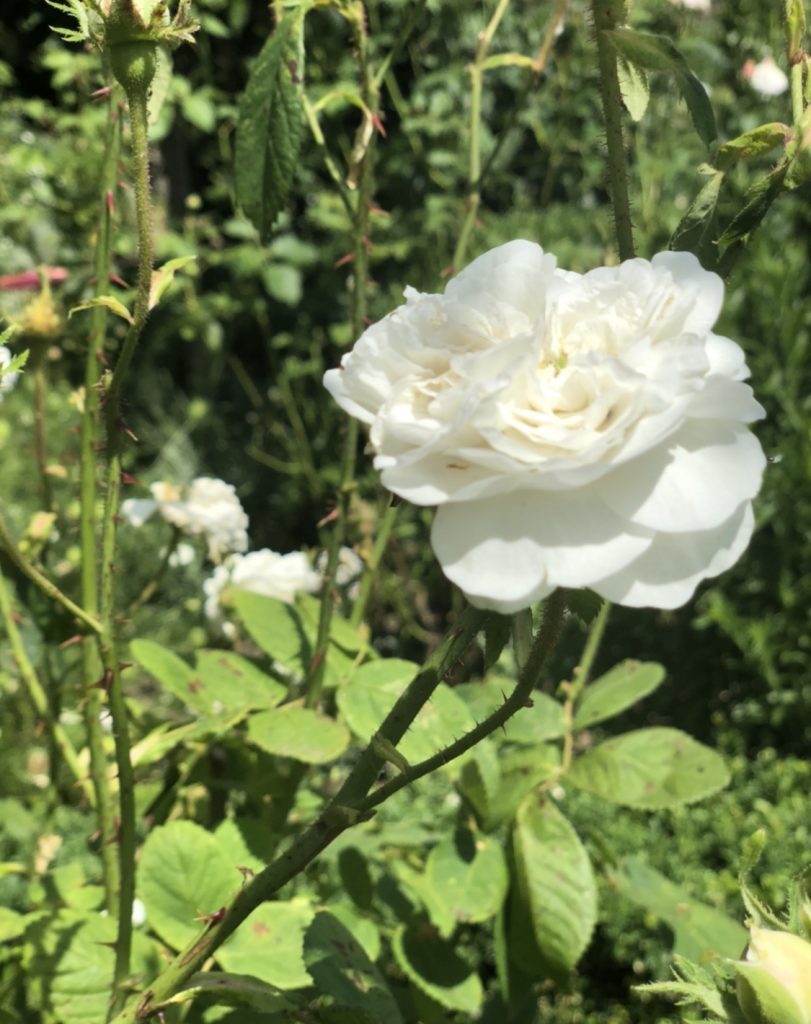
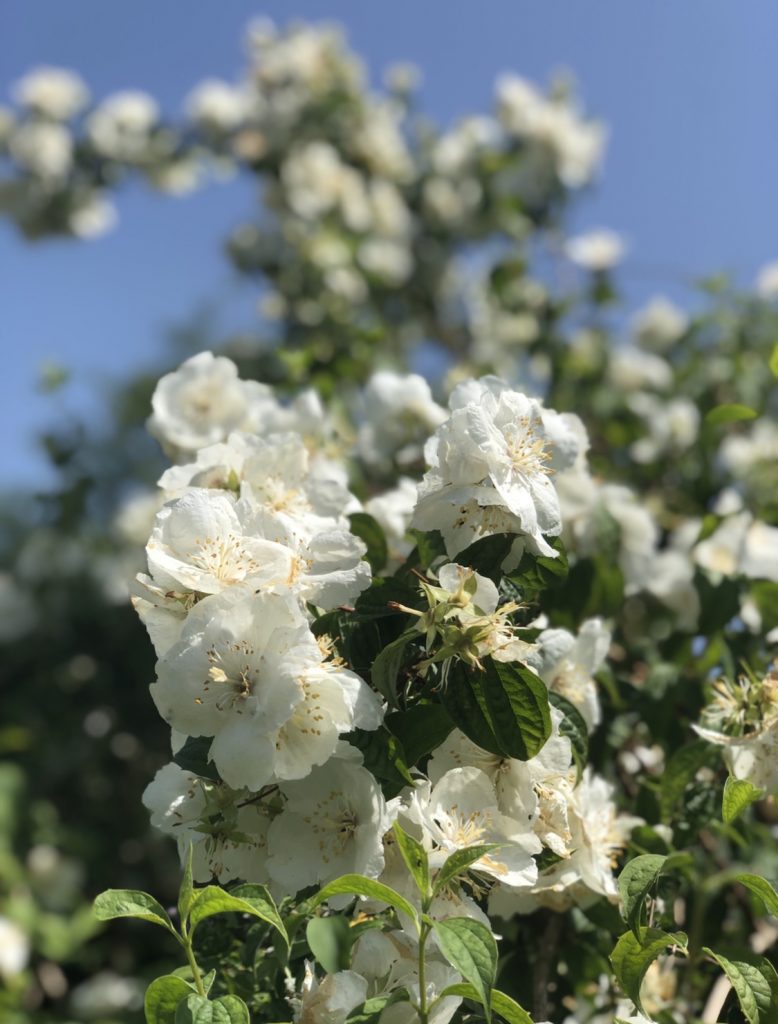

What is the best way to get rid of weeds?
Aren’t they a pain! Weeds do unfortunately come with the territory and they will insist on coming back, so it’s rare for this issue to be fixed forever..! It’s more about learning how to work with them, managing the weeds and how to reduce or minimise them.
Smaller gardens obviously take less work and time, so try and make sure you can cope with the size of garden you have or bring in a gardener to help!! You may wish to ask a garden designer to redesign your space effectively so that you have the minimum amount of weeding to do. Firstly, always try digging them out first.
Alice prefers using organic methods and not using weedkiller but suggests you may like to use it sparingly in key areas on hard to remove weeds like docks, dandelions and brambles.
Weeds like couch grass and bind weed are a problem. Once you’ve got them, its very hard to get rid of them altogether as a plant can grow from the tiniest section of root!
Top weeding tips
![]() Top the earth with a weed suppressing mulch such as well rotted manure, well rotted bark or “Strulch” (mineralised straw) on new borders or veggie patches.
Top the earth with a weed suppressing mulch such as well rotted manure, well rotted bark or “Strulch” (mineralised straw) on new borders or veggie patches.
![]() Lay sheets of cardboard, old carpet or plastic sheeting like DPC membrane also keeps out light which allows the roots to grow. Leave this on for several weeks and ideally overwinter and this will kill off the roots in time. Mulches will also improve the condition of the soil.
Lay sheets of cardboard, old carpet or plastic sheeting like DPC membrane also keeps out light which allows the roots to grow. Leave this on for several weeks and ideally overwinter and this will kill off the roots in time. Mulches will also improve the condition of the soil.
![]() Hoe the area regularly, throughout the growing season, to take the tops off annual weeds in order to keep the weeds at bay.
Hoe the area regularly, throughout the growing season, to take the tops off annual weeds in order to keep the weeds at bay.
![]() Grow medium to large shrubs that will cover the area and keep out light below and therefore help prevent weed growth.
Grow medium to large shrubs that will cover the area and keep out light below and therefore help prevent weed growth.
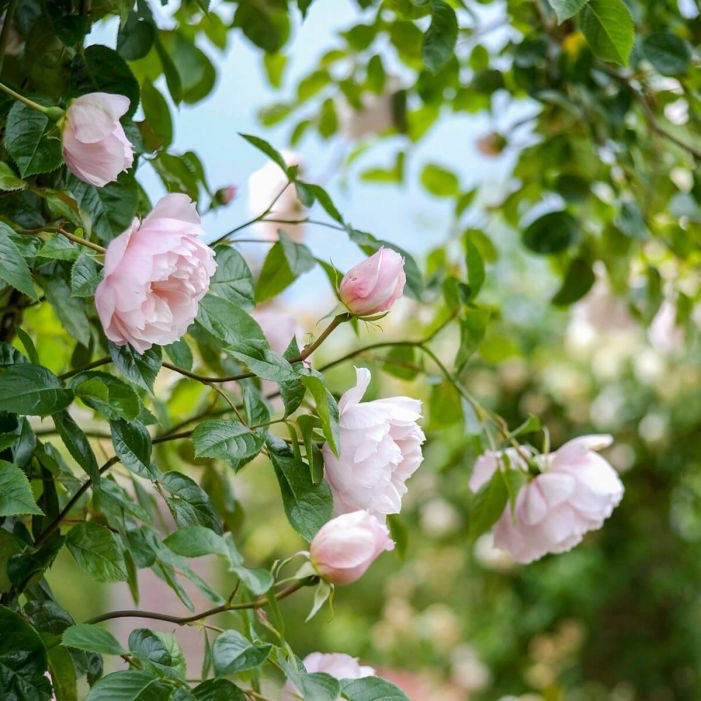
 What is the best way to move Roses?
What is the best way to move Roses?
Roses are notoriously difficult to move from one place to another, as they have a single, very long tap root. The remaining roots are very short and sparse and very often the main root gets severed when trying to move it. If the rose holds sentimental value, a wedding gift or a memorial for example, then try to take cuttings ahead of time, so you can grow new plants.
Half and hour before you dig the rose out, water it well (to try to reduce the shock) To dig up the plant, cut all the way around the root ball if possible, as deep as possible to try and capture all the long tap root.
Try and keep as much compost or soil on the roots and replant quickly and water in well.
Alice feels that roses – as with other plants when relocated- have one chance, they will either do well or die! They are also relatively inexpensive to replace (around £12.99 now) so often it is easier to simply buy a new one. (Alice acknowledges her advice maybe a little harsh!)
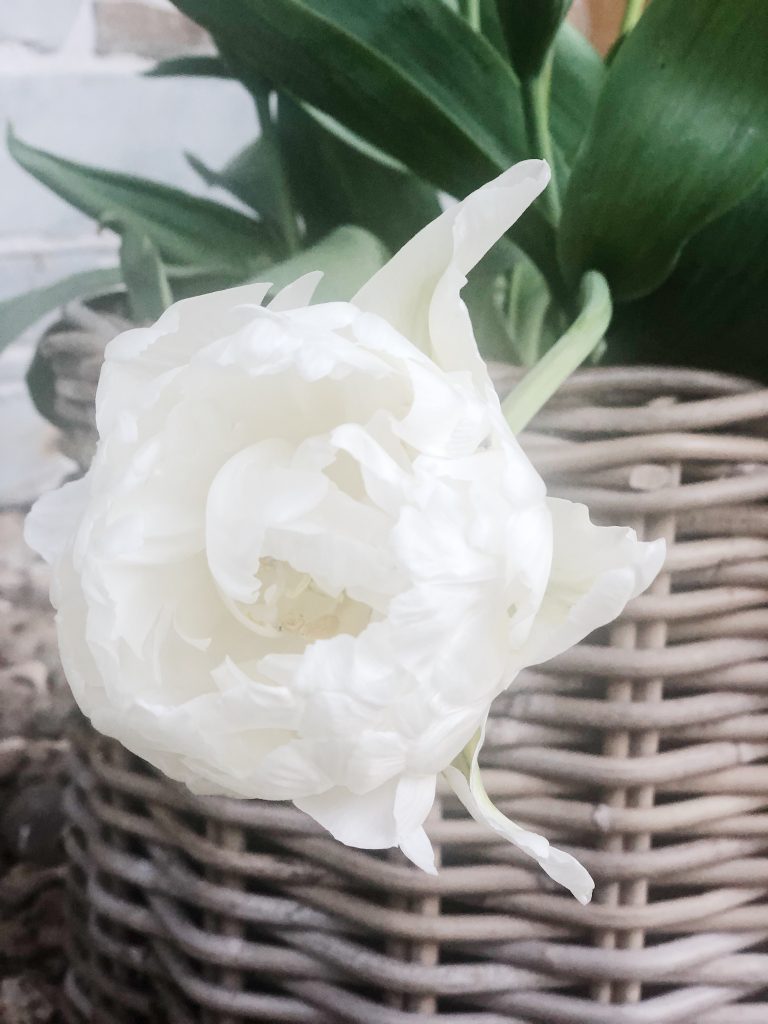
 Why is my climber Mme Alfred Carriere producing lots of buds already? It’s meant to bloom in July!
Why is my climber Mme Alfred Carriere producing lots of buds already? It’s meant to bloom in July!
We’ve been so lucky with the weather, having had a very early warm and dry spring, following on from a very soggy winter. The plants are ready to go far too soon and we may yet get a frost or two, which could damage or destroy all sorts of plants! This is the time to be a little cautious, covering any frost tender plants overnight with fleece if frost is forecast. A sheet or old rug will do as well. You’ll be pleased to know its not too late to prune and also to give them a good feed. Alice recommends Maxicrop Seaweed Fertiliser and Blood Fish and Bone
If you are feeling inspired and would like to read more, here are some books that we love and think you will too:
Grow your own vegetables:
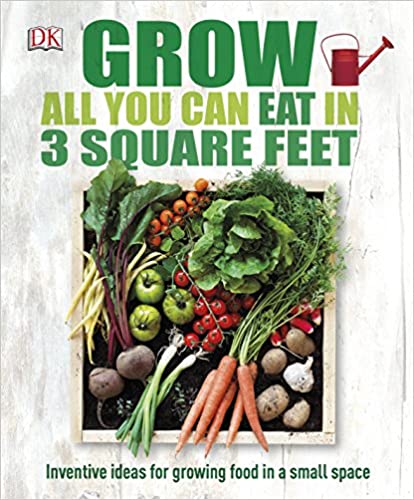
“Grow All You Can in 3 Square Feet” by Dorling Kinderon
A fabulous guide to making most of the smallest of gardening spaces with lots of inspirational ideas so you can grow delicious fruit and vegetables, from tomatoes on your window sill to wisteria up your wall.
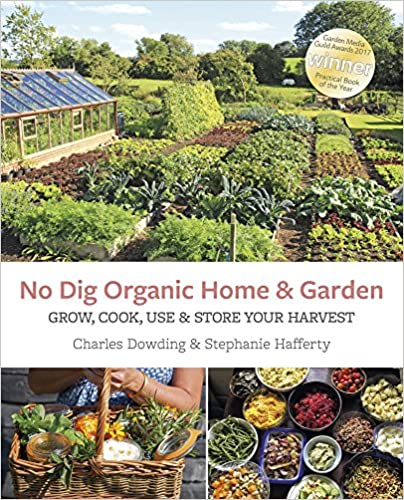
The No Dig Organic Home and Garden by Charles Dowding and Stephanie Hafferty
This book will save time and work, explain everything you need to know how to set up a no dig garden. They describe how to make compost, enrich soil, harvest and prepare food; and so much more. These approaches work as well in small spaces as in large gardens.
Garden Design:
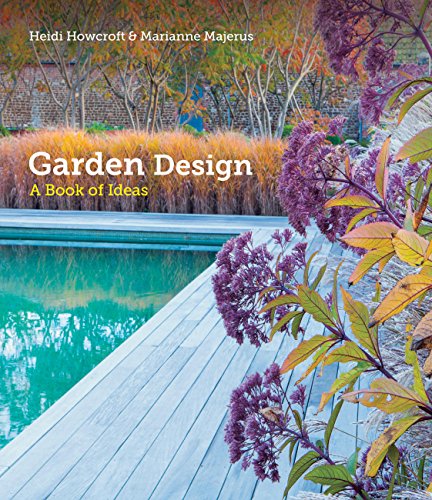
Garden Design – a Book of Ideas by Heidi Howcroft and Marianne Majerus
A beautiful book that will inspire you to envision what is possible even in the smallest, most improbable spaces and is the Winner of the Garden Media Guild Book Photographer of the Year 2015
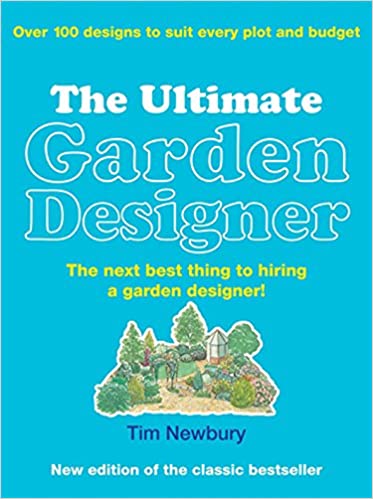
The Ultimate Garden Designer by Tim Newbury
A complete guide to the world of garden design, packed with expert advice that shows you exactly where to put your patio and plant your perennials. With a plant directory, a vast selection of garden features and over 600 beautiful colour photographs, plans and drawings,
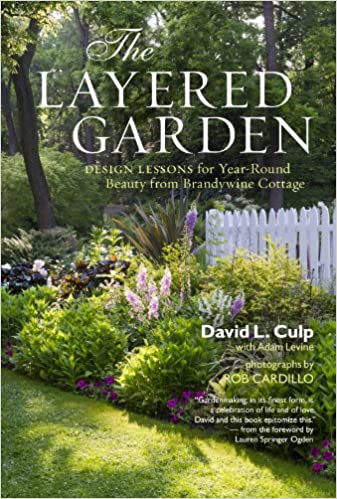
Layered Garden by David Culp
This book examines in detail each section of David Culp’s garden: the woodland garden, the perennial border, the kitchen garden, the shrubbery and the walled garden.
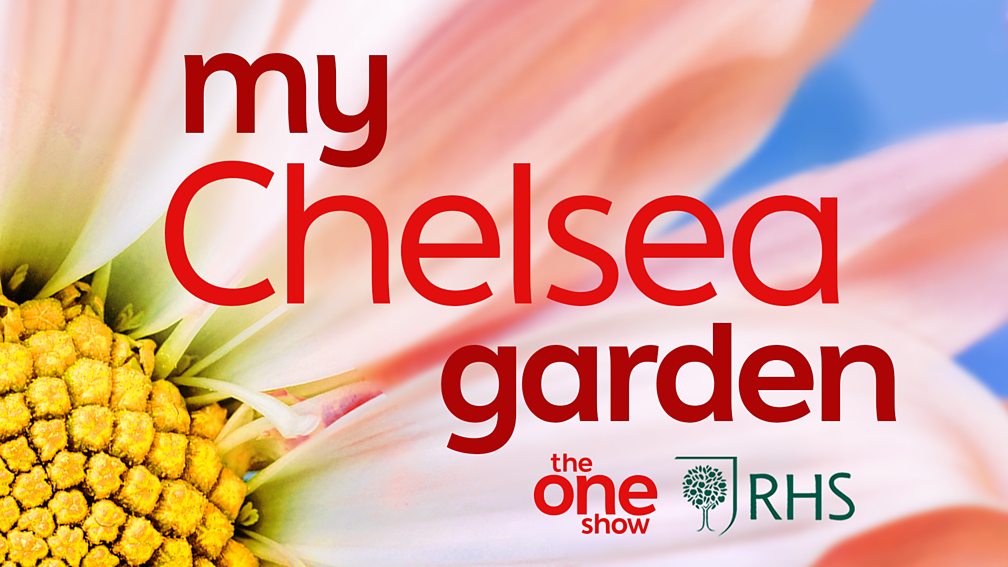
Big Gardening News: As you know the Chelsea Flower Show due to the Coronavirus, has been sadly been cancelled however, the BBC One Show and the Royal Horticultural Society have joined forces and have launched a fabulous competition. They are calling on amateur gardeners across the nation to share images of their green spaces and growing efforts.
There are four categories including your front garden, your back garden, the children’s garden and your indoor garden, isn’t it fantastic! A winner from each of these four categories will be selected and will win four tickets to the RHS Chelsea Flower Show in 2021 and a special RHS Award commending their garden.
The Royal Horticultural Society have recently launched their Grow at Home Campaign where they share daily ideas to make the most of Spring including activities for the children each week. The campaign is full of gardening advice and inspiration to help everyone get growing and feel better.
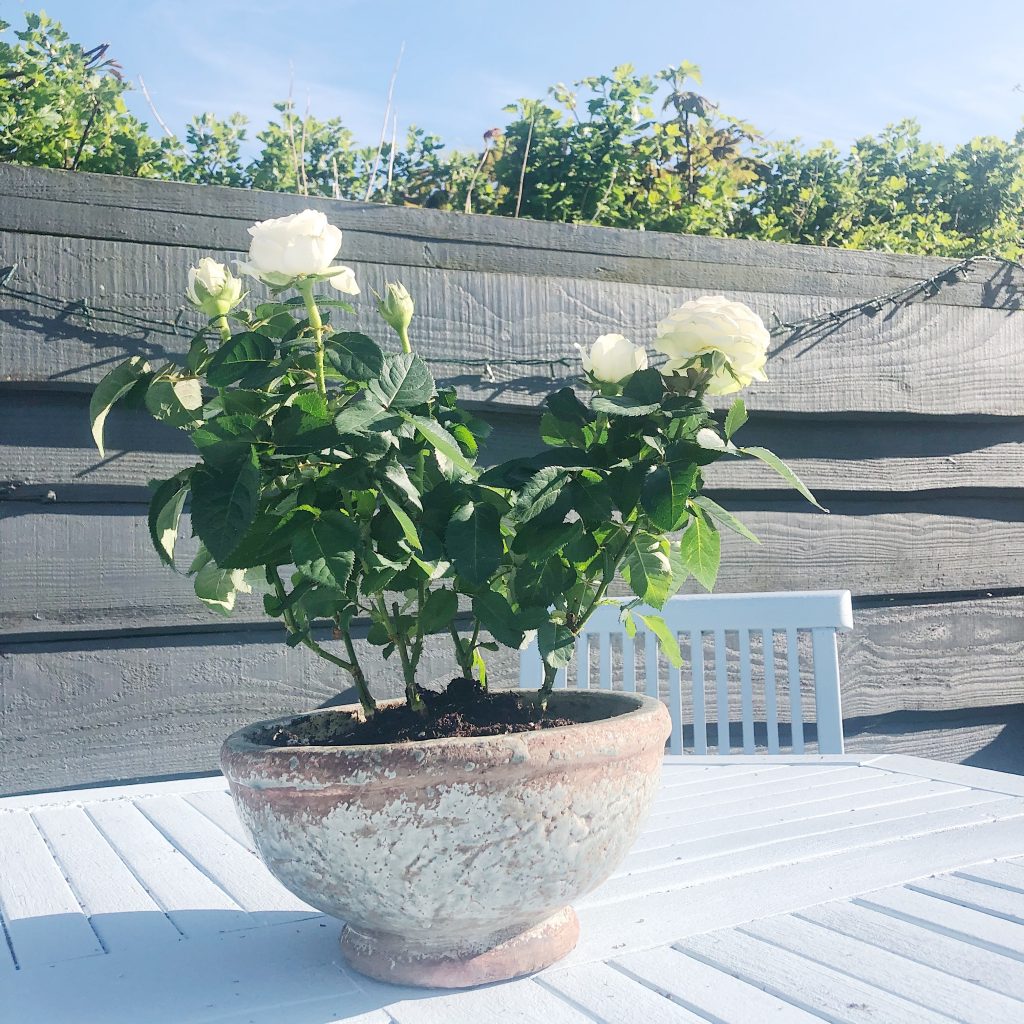
I really hope that you are well and able to enjoy some time outside.
but also that Alice and I have helped to share a little gardening inspiration for you and that you too feel that gardening really is good for the soul.
In the meantime, if you fancy a little more inspiration then head over to Alices’s Instagram account and her Pinterest page
As ever, you can find me on Instagram and Pinterest – take a look at the Dartmoor Village Garden board, that Alice and I created for my White Garden inspiration.
If you now feel motivated to have greener fingers or if you are planning on entering the competition, do let me know in the comments below.
Stay healthy and well,
Much love

If you’ve enjoyed this Blog and you’d like to receive my posts straight to your in box and receive bonus content, please subscribe here.
